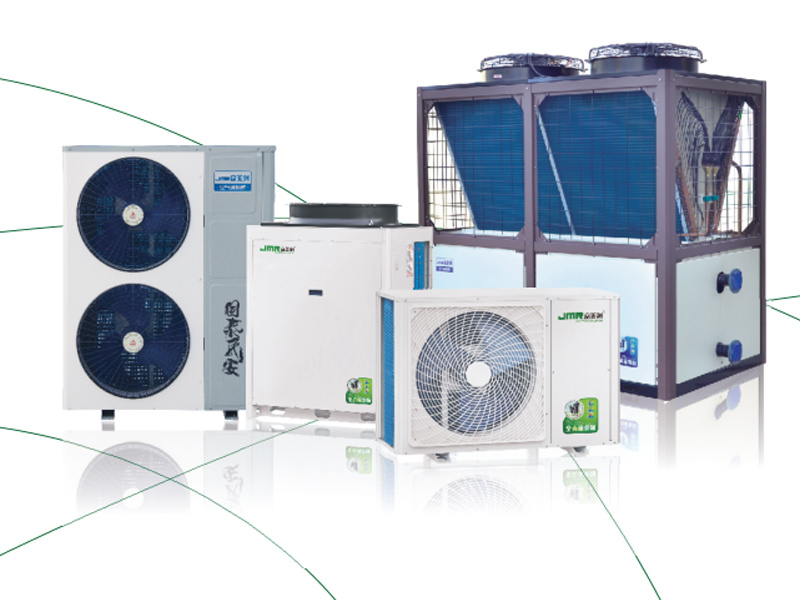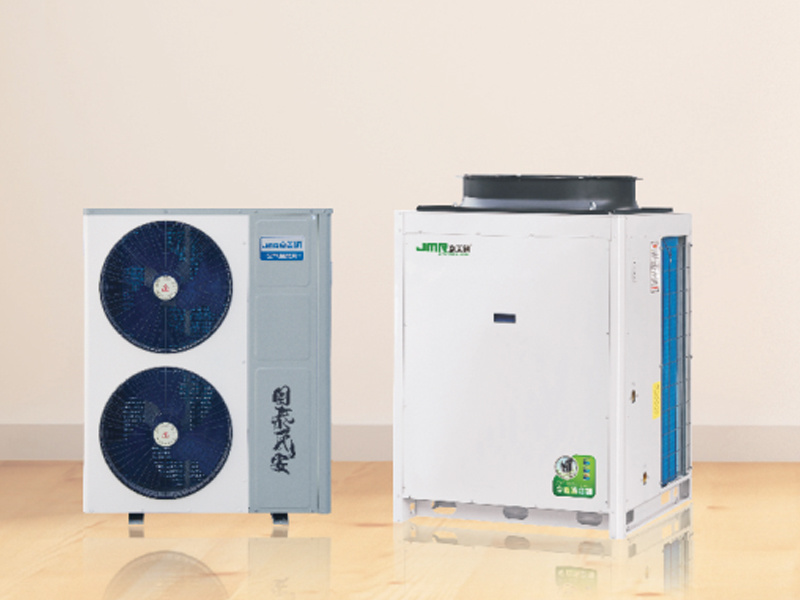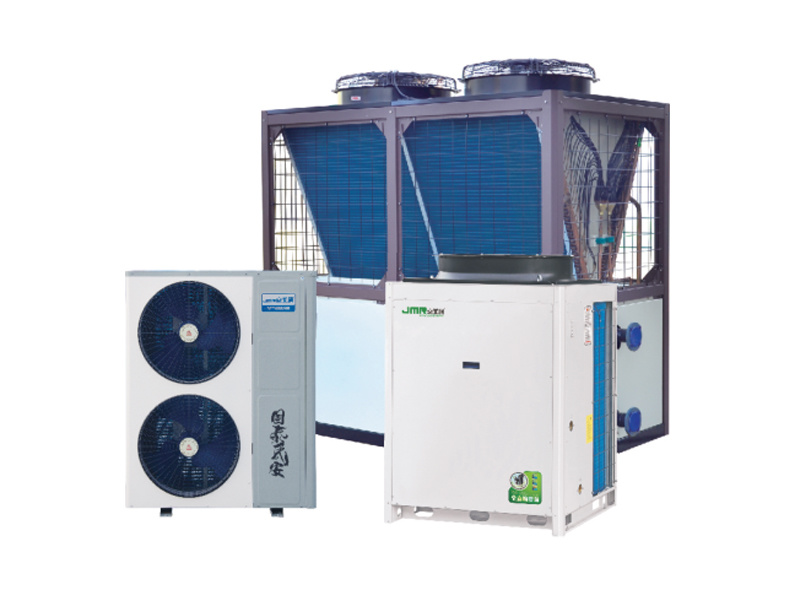The Long-Term Benefits of Installing Low Temperature Air Source Heat Pumps
Release Time:
Jul 20,2025
The Long-Term Benefits of Installing Low Temperature Air Source Heat Pumps Table of Contents 1. Introduction to Low Temperature Air Source Heat Pumps 2. What Are Low Temperature Air Source Heat Pumps? 3. Key Advantages of Low Temperature Air Source Heat Pumps 3.1 Energy Efficiency 3.2 Cost Savings 3.3 Environmental Impact 3.4 Ve
The Long-Term Benefits of Installing Low Temperature Air Source Heat Pumps
Table of Contents
- 1. Introduction to Low Temperature Air Source Heat Pumps
- 2. What Are Low Temperature Air Source Heat Pumps?
- 3. Key Advantages of Low Temperature Air Source Heat Pumps
- 3.1 Energy Efficiency
- 3.2 Cost Savings
- 3.3 Environmental Impact
- 3.4 Versatility
- 3.5 Low Maintenance Requirements
- 4. The Installation Process
- 5. Long-Term Benefits of Installation
- 6. Financial Incentives for Installation
- 7. Frequently Asked Questions about Low Temperature Air Source Heat Pumps
- 8. Conclusion
1. Introduction to Low Temperature Air Source Heat Pumps
In today's world, where energy efficiency and sustainability are paramount, **low temperature air source heat pumps (ASHPs)** have emerged as a viable solution for heating and cooling needs. These innovative systems harness ambient air to provide heating, even in colder climates, while minimizing energy consumption. As we delve deeper into the **long-term benefits** of installing these heat pumps, we will explore their efficiency, cost-effectiveness, and positive environmental impact.
2. What Are Low Temperature Air Source Heat Pumps?
Low temperature air source heat pumps are heating and cooling systems that extract heat from the outside air and transfer it indoors. Unlike traditional heating systems that rely on fossil fuels or electric resistance, these pumps utilize a refrigerant cycle to absorb and release heat efficiently. They can operate effectively in temperatures as low as -15°C (5°F), making them suitable for diverse climates.
The technology behind ASHPs allows them to provide both heating in winter and cooling in summer, offering a year-round solution that can significantly enhance comfort in residential and commercial spaces.
3. Key Advantages of Low Temperature Air Source Heat Pumps
3.1 Energy Efficiency
Energy efficiency is one of the most compelling reasons to consider low temperature air source heat pumps. These systems can achieve a **coefficient of performance (COP)** of 3 to 4, meaning they can produce three to four units of heat for every unit of electricity consumed. This efficiency translates into reduced energy bills, allowing homeowners to save significantly over time.
3.2 Cost Savings
While the initial investment for installing a low temperature air source heat pump may be higher than a traditional heating system, the long-term cost savings can be substantial. The reduced energy consumption leads to lower monthly utility bills. Furthermore, many regions offer tax incentives and rebates for installing energy-efficient systems, making the transition more financially feasible.
3.3 Environmental Impact
In an era where environmental concerns are at the forefront, low temperature air source heat pumps contribute positively by reducing greenhouse gas emissions. By utilizing renewable energy from the air, these systems significantly decrease reliance on fossil fuels. This shift not only helps to combat climate change but also promotes a more sustainable future.
3.4 Versatility
Low temperature air source heat pumps are incredibly versatile, suitable for various applications—from residential homes to commercial buildings. They can be integrated into existing heating systems, making them a practical choice for retrofitting older properties. Additionally, their ability to provide both heating and cooling eliminates the need for separate systems, simplifying installation and maintenance.
3.5 Low Maintenance Requirements
One of the appealing aspects of low temperature air source heat pumps is their low maintenance requirements. Unlike traditional boilers or furnaces, which may require annual servicing, ASHPs typically need minimal upkeep. Regular cleaning of filters and occasional inspections are generally sufficient, making them a hassle-free option for homeowners.
4. The Installation Process
Installing a low temperature air source heat pump involves several steps, which can vary depending on the specific model and the existing infrastructure of the property.
1. **Site Assessment**: A qualified technician will evaluate the property to determine the best location for the heat pump and assess the existing heating system.
2. **System Selection**: Based on the assessment, an appropriate system will be selected to ensure optimal performance.
3. **Installation**: The installation process will involve mounting the outdoor unit, connecting it to the indoor components, and ensuring proper refrigerant levels.
4. **Testing**: After installation, the system will be thoroughly tested to confirm its efficiency and performance before the final handover.
Professional installation is crucial to maximize the benefits of the system and ensure it operates at peak efficiency.
5. Long-Term Benefits of Installation
The long-term benefits of installing a low temperature air source heat pump extend beyond cost savings and energy efficiency. One significant benefit is the enhanced comfort level in your living or working environment. ASHPs provide consistent heating and cooling, eliminating cold spots and ensuring a stable temperature year-round.
Moreover, homeowners can enjoy increased property value due to the installation of energy-efficient systems. As more buyers seek sustainable and cost-effective homes, properties equipped with heat pumps are likely to stand out in the market.
6. Financial Incentives for Installation
Governments and utility companies frequently offer financial incentives to encourage the adoption of energy-efficient technologies like low temperature air source heat pumps. These incentives may include:
- **Tax Credits**: Homeowners may qualify for federal or state tax credits for the installation of energy-efficient systems.
- **Rebates**: Local utility companies may provide rebates that can significantly reduce the upfront costs.
- **Financing Options**: Various financing plans are available to help homeowners spread the cost of installation over time.
Taking advantage of these financial incentives can make the transition to a low temperature air source heat pump much more accessible.
7. Frequently Asked Questions about Low Temperature Air Source Heat Pumps
What is the lifespan of a low temperature air source heat pump?
The average lifespan of a low temperature air source heat pump is typically between 15 to 20 years, depending on usage and maintenance.
Can low temperature air source heat pumps work in very cold climates?
Yes, low temperature air source heat pumps are designed to operate efficiently even in cold climates, with some models functioning effectively in temperatures as low as -15°C (5°F).
Are low temperature air source heat pumps noisy?
Modern low temperature air source heat pumps are designed to operate quietly, with noise levels comparable to that of a refrigerator. Proper installation can further minimize noise.
How much maintenance do air source heat pumps require?
These systems require minimal maintenance, primarily regular filter cleaning and occasional professional inspections to ensure optimal performance.
Can I use a low temperature air source heat pump for both heating and cooling?
Yes, one of the key advantages of low temperature air source heat pumps is their dual functionality, providing both heating and cooling capabilities.
8. Conclusion
Installing a low temperature air source heat pump offers numerous long-term benefits that can significantly enhance comfort, reduce energy costs, and promote environmental sustainability. The energy efficiency, cost savings, and versatility of these systems make them an excellent investment for homeowners and business operators alike. As we move toward a more energy-conscious future, adopting technologies like low temperature air source heat pumps becomes imperative for both economic and ecological reasons. With the right installation and maintenance, these systems can provide reliable and efficient heating and cooling for years to come.
Key words:
What Else Might You Learn?






